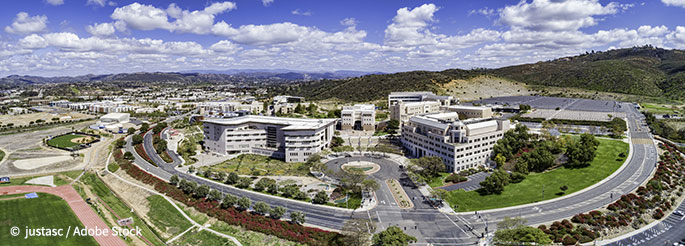
The need for swift action to adapt to climate change is undeniable – day after day, experts warn of the devastating effects that rising temperatures across the globe are having on the world oceans,the weather, and the food security of millions of people.
To add to the toll to the environment, a third of the world’s food production goes to waste, while “hundreds of millions” go hungry. In fact, in the United States alone, one in six people go hungry each day, according to Feeding America, a leading organization in the fight for food security.
College campuses, with their large populations, often depend on the school’s meal plan for their daily food consumption, have begun to take notice of the severe problem of food waste. Schools like Michigan State University have been tracking food waste data on their campuses for a number of years. In other schools, such as the University of Maryland at College Park and Harvard Business School, student-led research has shed more light on just how much food is wasted on college campuses. This includes how food can be better utilized to help those in need and reduce emissions to the atmosphere caused by decomposing food, in addition to the land and water used to grow food that later goes to waste.
The first step in reducing or eliminating food waste is behavior. Our personal choices affect food waste, starting with putting more food on our plates than it’s reasonable to eat. If you are unsure of how much food you want, get a small portion, and if you’re still hungry after finishing and waiting about 10 minutes, get seconds. Another small step you can take when eating at school facilities is to check the menu in advance (most campuses publish their menus online ahead of time) and decide what to eat before you get to the lunch hall. That way, you’re not just putting anything on your plate just for the sake of getting something, and genuinely eating what you want when you’re hungry.
Like the University of Chicago, other universities have put in place initiatives to reduce food waste by reducing the serving utensils. According to NPR, trayless dining has reduced food waste in their cafeterias by 25%. Other universities, such as Stanford and the University of Maryland at College Park, have adopted student-led initiatives to work with their food services to get surplus food to people in need at the community, thus reducing food waste.
Reducing food waste saves money, makes us more thoughtful about our food choices, is good for our health, and helps our planet. How can you reduce your food waste?
References:
Barclay, E. (2013, September 11). Wasted Food Around The World Takes Heavy Toll On Environment. Retrieved from https://www.npr.org/sections/thesalt/2013/09/11/221153037/wasted-food-around-the-world-takes-heavy-toll-on-environment
Harvard Business School. (2016, July 1). Reducing food waste at Harvard Business School. Retrieved from https://green.harvard.edu/tools-resources/case-study/reducing-food-waste-harvard-business-school
Michigan State University. (n.d.). Reducing food waste in MSU’s dining halls. Retrieved from https://sustainability.msu.edu/discover/discover-F-reducing-food-waste.html




































































































































 Three Ways to Engage Teams and Clients to Maximize Your Recycling Program Engagement
Three Ways to Engage Teams and Clients to Maximize Your Recycling Program Engagement  How to Integrate Accessibility Into Your Sustainability Planning
How to Integrate Accessibility Into Your Sustainability Planning  Why Park Benches Can Promote Workplace Well-Being
Why Park Benches Can Promote Workplace Well-Being 
